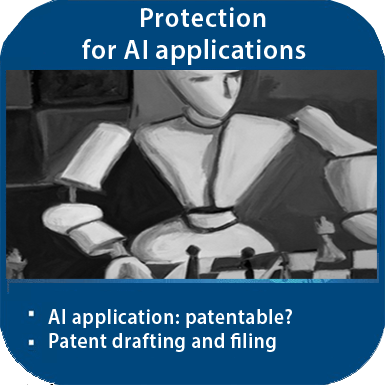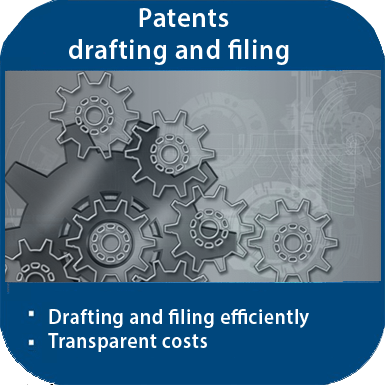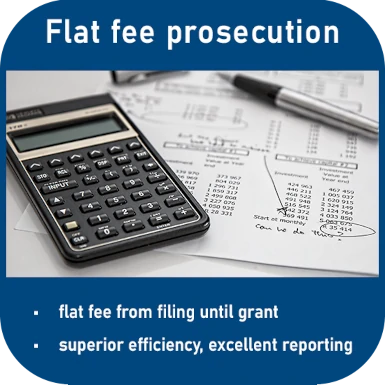'Big bang' for sequence listing:
New WIPO standard ST. 26

On 1 July 2022, the new WIPO standard for sequence listings in international patent applications will enter into force - for all offices simultaneously and without a transition period. This is also referred to as the 'big bang' date, especially as the previous regulations on international patent applications with sequence listings will be largely changed.
The new WIPO ST. 26 - why?
Until now, Standard 25 (WIPO ST. 25) applied to sequence protocols in sequence patent applications, i.e. patent applications in the field of pharmaceuticals and biotechnology, especially of nucleotide and/or amino acid sequences. The previous WIPO ST. 25 for sequence listings will be replaced on 1 July by the new standard ST. 26.
The fact that the new WIPO ST. 26 is to replace the previous ST. 25 has practical reasons. On the one hand, sequence protocols according to ST. 25 were not interpreted uniformly by the offices.
Above all, however, in the previous ST. 25 only as DNA, RNA or PRT.
However, this no longer reflects the state of the art. The new ST. 26 will therefore require sequences identified as DNA, RNA, or AA about the sequence data, and this together with an obligatory mol_type qualifier for further description of the molecule.
In addition, the new ST. 26 standard, other additional or adapted sequence data will also be recorded. And - also challenging in practice - from now on the sequence listings are to be submitted in the input format 'xml' - a format known from coding. Everything else will be treated as part of the description, which can quickly lead to significant costs.
Overall, the innovations in ST. 26, the search in the public databases should be able to yield significantly better results, especially in the INSDC (International Nucleotide Sequence Database Collaboration).
Main amendments in ST. 26 are:
i) ONLY the earliest priority application may be included (previously: all priority application information).
ii) Only one applicant and optionally one inventor may be included (previously: all applicant and inventor names).
iii) Applicant and inventor names must be written as a valid Unicode character together with a translation in basic Latin script or transliteration (previously: applicant and inventor names must be written in basic Latin script).
Fit for the digital - with problems
All these amendments by the ST. 26 make the sequence listings fit for the digital world - but also raise problems. Apart from possible problems in questions of priority, above all - sometimes massive - problems are encountered with partial registrations, as well as with subsequent registrations. In addition, it is problematic if the sequence listing (if created according to the old ST. 25) has also been recognized as part of the description. A subsequently filed ST. 26 sequence listing, which is intended to be part of the description or only for search purposes, would in practice result in a later international filing date.
And also about languages, which can be a challenge for international patent applications anyway, the new WIPO ST. 26, however, rather more complicated. The following aspect is particularly relevant to languages:
If during the examination of a patent application, the receiving Office finds that the filing is missing or deficient in the required languages, it may refer the international application to the receiving Office of the International Bureau (RO/IB) under Rule 19.4. Either the original Office or the RO/IB will then request a translation.
However, this mechanism fails concerning sequence listings. This is because the receiving Office is not obliged to examine the sequence listing.
Cut-off date for Sequence Rule ST. 26
At least the existing ST.25 remains effective for applications with a filing date before 1 January 2022.
In this regard, the international filing date (IFD) is the cut-off date that determines whether an application falls under the ST.25 or ST.26 sequence rule. All Intellectual Property Offices (IPOs) will change over simultaneously at international (PCT), national and regional levels, coming into force on July 1st, 2022.
In sum, there are some challenges in the practical application of the new ST. 26 for sequence listings, which can quickly lead to very high costs.
So, let's outsource your patent applications with sequence listings. Please contact our experienced patent law firm, by phone +49 (0)69 69 59 60-0 or info@kollner.eu.







